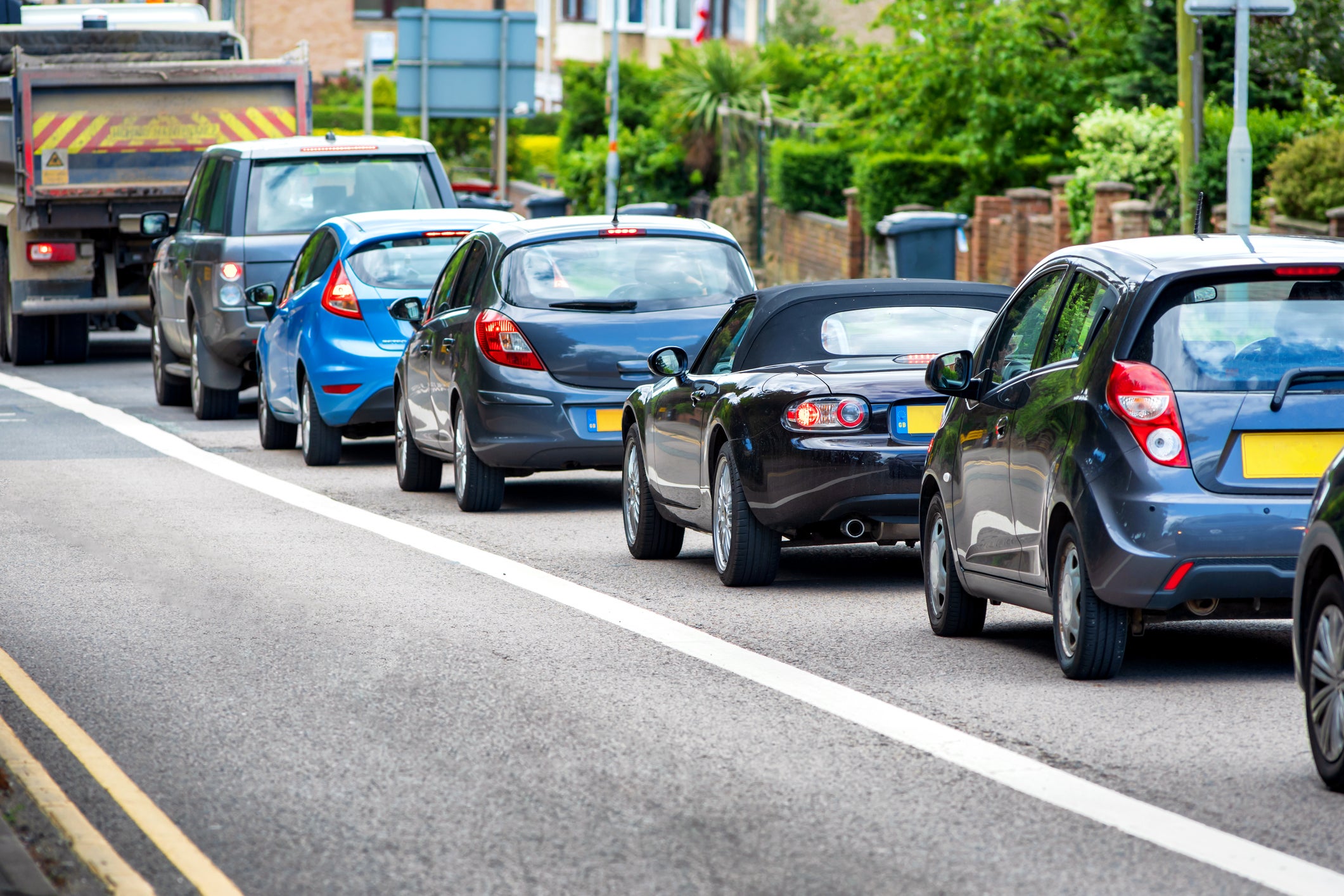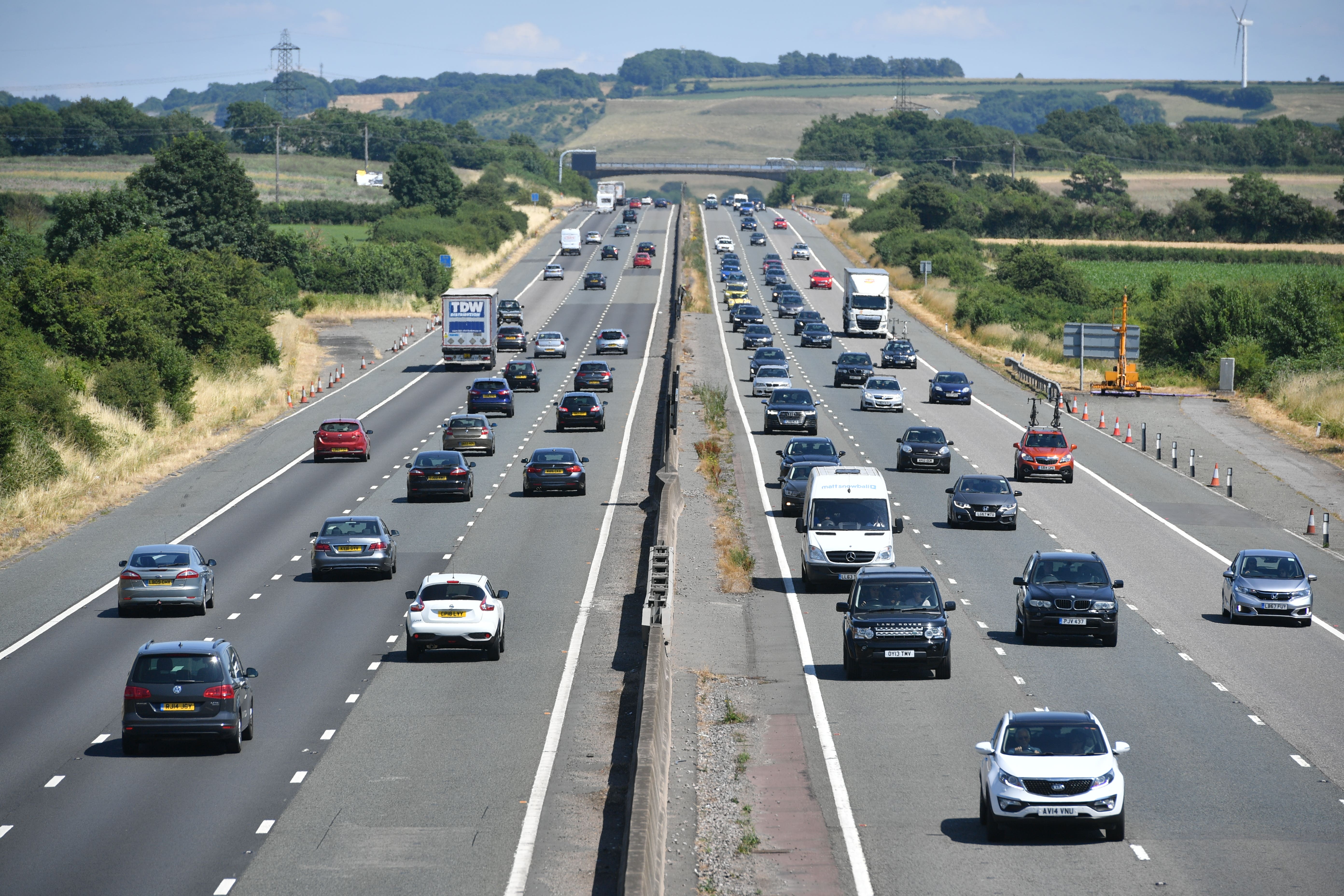Cars are getting smarter. Today’s vehicles can automatically brake to avoid a rear-end collision, keep themselves centred in a lane, warn of hazards in blind spots and even maintain a safe distance from the car ahead.
Collectively known as advanced driver-assistance systems (or ADAS), these features have been shown to reduce crashes, injuries and insurance claims.
But there’s a problem: many drivers don’t want them.
In Australia, one in five motorists with cars equipped with these features have switched at least one of them off. In some countries, the figure is much greater.
These systems help prevent some of the most common and costly crashes on our roads. So why do so many drivers go out of their way to turn them off?
Why advanced driver-assistance systems matter
Advanced driver-assistance systems are a range of in-car technologies that help prevent or mitigate crashes.
Some of the most common include:
- autonomous emergency braking: brakes automatically if a collision is imminent
- lane-keeping assist: nudges the steering to keep you within lane markings
- blind-spot monitoring: alerts you if another vehicle is in your blind spot
- adaptive cruise control: maintains a set speed while keeping a safe distance from the vehicle ahead.
These systems aren’t experimental. They have proven safety benefits.
Data from the United States shows autonomous emergency braking cuts rear-end collisions by 50%. Even forward-collision warning on its own (without automatic braking) reduces these crashes by 27%.
A recent international study found:
- lane-keeping assist delivered the largest crash-rate reduction, especially for some of the most severe crashes (19.1% reduction)
- automatic emergency braking significantly lowered rear-end and intersection crash rates (10.7% reduction)
- blind spot monitoring cut lane-change and merging collisions moderately (3.5% reduction)
- adaptive cruise control, surprisingly, appears linked to higher crash rates in some studies (8% increase), possibly due to drivers relying on it too much, using it in complex traffic, or paying less attention. Conventional cruise control was associated with an even higher increase (12%) in crash risk.
The most disliked feature is the most effective one
Lane-keeping assist is the most frequently disabled feature. Nearly 45% of drivers report they have turned it off – even though it is designed to prevent some of the most common and deadly crash types: run-off-road and lane-departure collisions.
Lane-keeping assist uses cameras to detect lane markings and gently apply steering inputs to keep the car centred. In practice, this can feel like the wheel is “tugging” or “nudging” against the driver’s hands.

On winding roads, in roadworks, or when markings are faded, the system may issue frequent warnings or attempt corrections that feel unnecessary. For some drivers, this sensation is disconcerting, and it’s a big reason why the feature is often switched off.
In most modern cars, lane-keeping assist can be switched off during a drive, but it will usually switch itself back on the next time the vehicle is started. Manufacturers design it this way to meet safety regulations and retain high crash-safety ratings from bodies like the European New Car Assessment Programme.
Why drivers switch them off
Despite clear safety benefits, many drivers reject advanced driver assistance systems.
Drivers cite a mix of frustrations and mistrust. False alarms, constant beeping, and perceived “over-correction” make some systems feel intrusive. Others switch them off after a single bad experience, or because they don’t understand the system’s limits – for example, that lane-keeping assist won’t function on poorly marked or unsealed roads.
Lane‑keeping assist is not always perfect, either. Testing by the Australasian New Car Assessment Program indicates some vehicles deliver abrupt or jerky steering inputs that are hard to override, making drivers feel out of control.
Further behavioural research into advanced driver-assistance system use has identified more issues.
Many drivers learn about these systems through trial and error and experimentation rather than formal instructions or a manual.

What’s more, manuals are hard to follow. Many require above-average reading levels, use cluttered layouts, and lack standardisation across brands.
Many car owners also leave the dealership without knowing about their new car’s safety features. Many car sales staff have limited training on advanced driver-assistance systems and their limitations.
Further, the same feature can have a dozen or more different names across brands. Motorists acknowledge these systems aren’t always intuitive and show strong interest in learning how to use them safely.
Road design and traffic conditions also have a significant impact on trust and engagement. Less regular drivers avoid activating systems in complex or unfamiliar situations, while frequent drivers are more willing to experiment.
Some groups, such as young male drivers who see themselves as technically sophisticated, often have lower objective knowledge of these features but higher confidence in their knowledge.
What now?
Evidence from both international crash-data analyses and behavioural research points to several priorities for policy, industry, and driver education.
Safety regulations and purchasing incentives should prioritise the most effective features: lane-keeping assist, driver monitoring and autonomous emergency braking.
Some studies show neutral or negative safety impacts from adaptive and conventional cruise control. These features should be paired with targeted driver education and accurate marketing to set realistic expectations.
Consumer training should be improved at the point of sale. Standardised demonstrations and training can help bridge the knowledge gap.
Better documentation may also help. Simplified, standardised guides and in-car digital tutorials should be adopted.
The evidence is clear: advanced driver-assistance systems can prevent crashes, but the effectiveness of these features depends as much on human factors as on the technology itself.
Milad Haghani is an Associate Professor and Principal Fellow in Urban Risk and Resilience at the University of Melbourne.
Akshay Vij is an Associate Professor in UniSA Business at the University of South Australia.
Ali Ardeshiri is a Senior Research Fellow in Urban Economics at the University of South Australia.
Zahra Shahhoseini is a Research Fellow in Public Health at Monash University.
This article is republished from The Conversation under a Creative Commons license. Read the original article.




